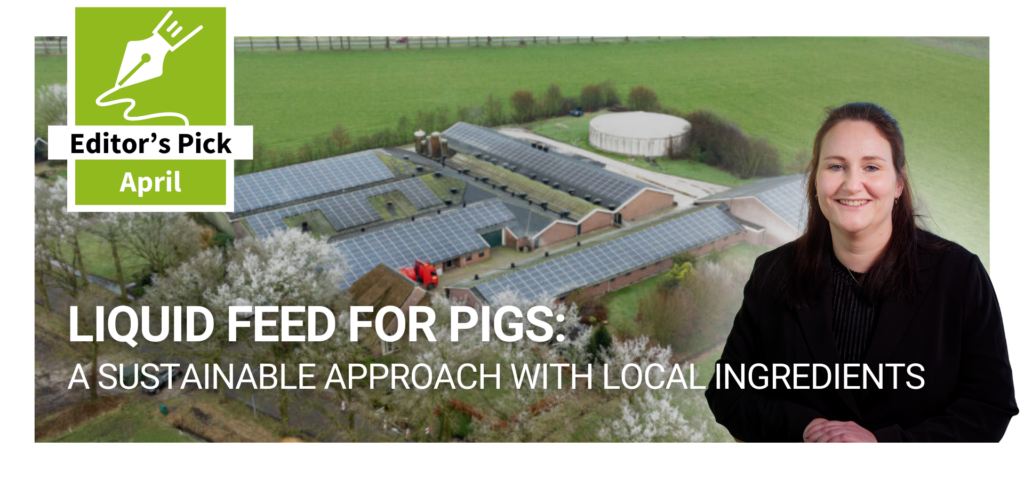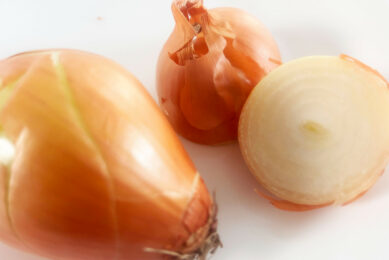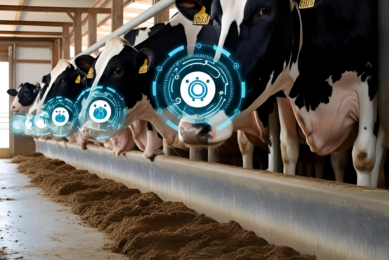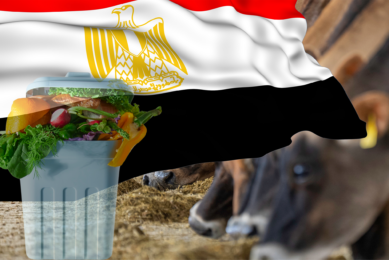Feed antibiotic alternative from agri-waste shows promise
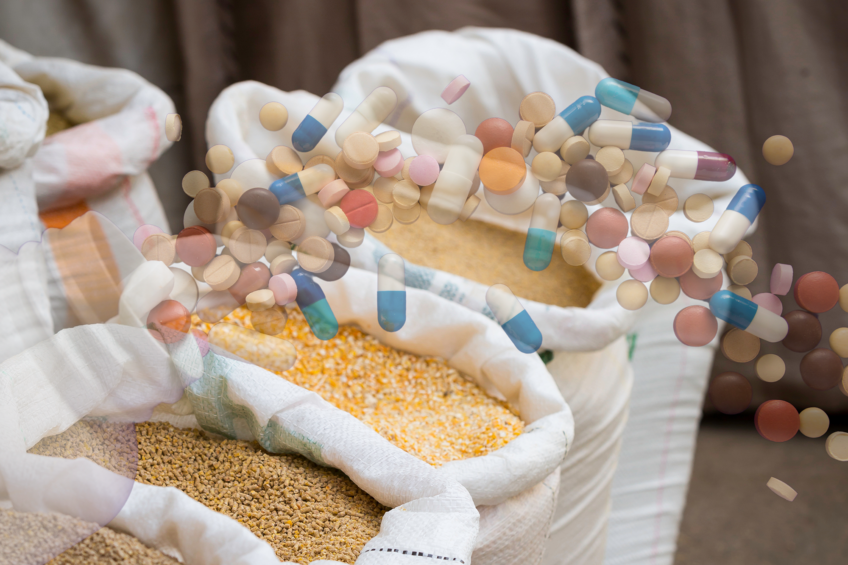
A group of scientists from the Perm Polytechnical University, Russia, have developed a feed additive enriched with amylolytic enzymes from bran processing.
The enzymes help break down starch into simpler sugars, which improves digestion in livestock and poultry. The product offers an opportunity to lower the use of feed antibiotics.
Enzymes are biological catalysts that speed up chemical reactions, including food digestion, the scientists explained in the abstract to the study. They are created by living organisms – bacteria, for example, the hay bacillus (Bacillus subtilis), whose natural habitat is hay. This bacterium strain is widely used in veterinary science, medicine and agriculture over a potential to produces many useful enzymes without releasing toxic by-products.
This represents an opportunity to abandon antibiotics in the agricultural industry…
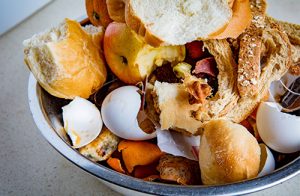
Production stages
“The production stages consist of several steps. First, you need to prepare a liquid nutrient medium containing bran and sterilize it. Increasing the concentration of urea – as a source of nitrogen for the growth of microorganisms – in the nutrient medium increases the production of amylolytic enzymes,” said Anna Portnova, Associate Professor of the Department of Chemistry and Biotechnology with the Perm University and one of the authors of the study.
“Following that, the seed is prepared: the cultivation of bacteria of the Bacillus subtilis species is carried out for 24 hours at a temperature of 37 °C, during which it is necessary to continuously stir the liquid and saturate it with oxygen. The air must first be sterilized and purified. Then, the nutrient medium is mixed with the seed, and within 5 days under the same conditions, the bacteria produce the necessary enzymes,” Portnova added.
After this, it remains to saturate the bran with amylase, moisten it with the liquid in which the fermentation took place and dry it so that no more than 15% of the moisture remains.
Efficient solution
The developed technology ensures the efficient and cost-effective production of feed additives containing probiotics and amylase, the scientists noted.
The enzyme activity with this method is maintained at a reasonably high level – up to 0.34 units/g. Thanks to this development, there is no need to mix concentrated preparations of probiotics and enzymes with large feed volumes.
“This represents an opportunity to abandon antibiotics in the agricultural industry since the presence of probiotic microorganisms and enzymes in the additive contributes to better feed digestibility and improves the condition of the gastrointestinal tract of animals and birds,” the scientists claimed.



